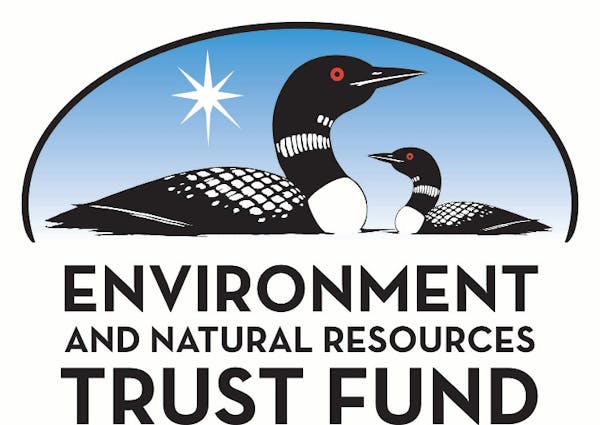Minnesota fishing license sales have picked up after lagging in the season's early going, but the Department of Natural Resources continues to mark a downturn in participation when compared to the COVID-19 years of 2020 and 2021.
DNR Fish and Wildlife Director Dave Olfelt said in an interview this week that undesirable weather, including floods, have been the primary turnoff. But it's also clear that Minnesota's collective impulse to fish over the past two years has faded as travel and leisure choices have multiplied, returning closer to normal, he said.
"It's been a crummy spring,'' Olfelt said. "People don't want to get the boat out when there's still snow on it.''
According to newly released DNR fishing license data, 462,880 total sales were posted as of Friday before Memorial Day. That's a 16% decline from the same period last year and a 17% dip from 2020's peak of nearly 557,000 fishing licenses as of the Friday before Memorial Day.
Still, the DNR's year-over-year comparison of fishing license sales has improved since mid-May when the 2022 season opened for walleyes and northern pike. At that time, on the Monday after Opening Day, DNR reported year-to-date fishing license sales of 367,423 — a whopping 20% fewer than were sold during the same period in 2021.
Since then, anglers have been making up ground. By July 10, when the DNR is due to publish its next update on fishing license sales, Olfelt and others at the DNR will know if the gap can be closed. By then, if tradition holds, more than 800,000 of more than a million licenses will be sold. "Things are pretty stable by the weekend after the Fourth,'' he said.
Last year the year-to-date sales in early July was 826,000 licenses, down 6% from the same period in 2020. At season's end, 2021's mark of 1.15 million license sales lagged 2020's performance by 5%.
"We started seeing the trend a little last year,'' Olfelt said. "Sales were down from the (2020) height of the pandemic.''
Olfelt said the reopening of Canada this spring and pent-up demand for big-ticket fishing trips to Ontario, Manitoba, and Saskatchewan will cut into Minnesota license sales. Observers everywhere have said COVID-19 travel restrictions in 2020 and 2021 boosted Minnesota's fishing and resort industry. Because it's typical for anglers to put off the purchase of a fishing license until they take their first outing, the DNR won't know for sure where the numbers will fall.
As of the Friday before Memorial Day, the largest licensing category, Individual Angling, was 16% below the sales threshold for the same period last year. Nonresident interest in Minnesota fishing licenses also fell, marked by an 18% dip in Nonresident Individual Angling licenses.
Olfelt said the overall slump has included a downswing in trout stream fishing. In 2021, DNR had sold 80,572 trout stamp validations as of the Friday before Memorial Day. This year, trout stamp sales are off by 11,000.
Yet another category of concern is the sale of resident youth licenses, required of 16- and 17-year-olds since 2013. For all of 2020, the sale of youth licenses rocketed to 40,675 from 2019's threshold of nearly 32,000. Last year, the category fell by 20% and youth license sales are down so far this year by another 19%. As of the Friday before Memorial Day, 16- and 17-year-olds hadbought 12,829 fishing licenses.
What's on the line, ultimately, is money for conservation measures, fish stocking, biological research, and ongoing management of fish populations. For years, the DNR's all-important Game and Fish Fund has been heading into the red from declining interest in hunting and fishing. Fishing licenses constitute the biggest slice of the revenue pie.
In 2020, the surge in Minnesota fishing pushed those license revenues to $34 million, at least a six-year high and 27 percent more than was generated in 2016. Fishing license sales in 2020 constituted 27 percent of the Game and Fish Fund's total receipts of $127 million.
Moreover, the number of fishing licenses sold in a given year is one of the important factors considered in the annual federal appropriation to states of Dingell-Johnson Act fisheries grant money. Minnesota's latest grant from Dingell-Johnson was $13.9 million, the fifth-highest in the nation behind Alaska, California, Florida, and Texas.
If there's good news in the data released this week, there's been more interest in fishing this year than there was before the pandemic. Despite sub-optimal weather conditions, license sales through the Friday before Memorial Day were up 4.5% compared to 2019, when early-season fishing participation in Minnesota was at a five-year low.
"We still have the whole summer resort season to go,'' Olfelt said. "We all talked about how great it was during the pandemic for people to experience nature and do those outdoor things and we hope that those habits people picked up will continue.''






